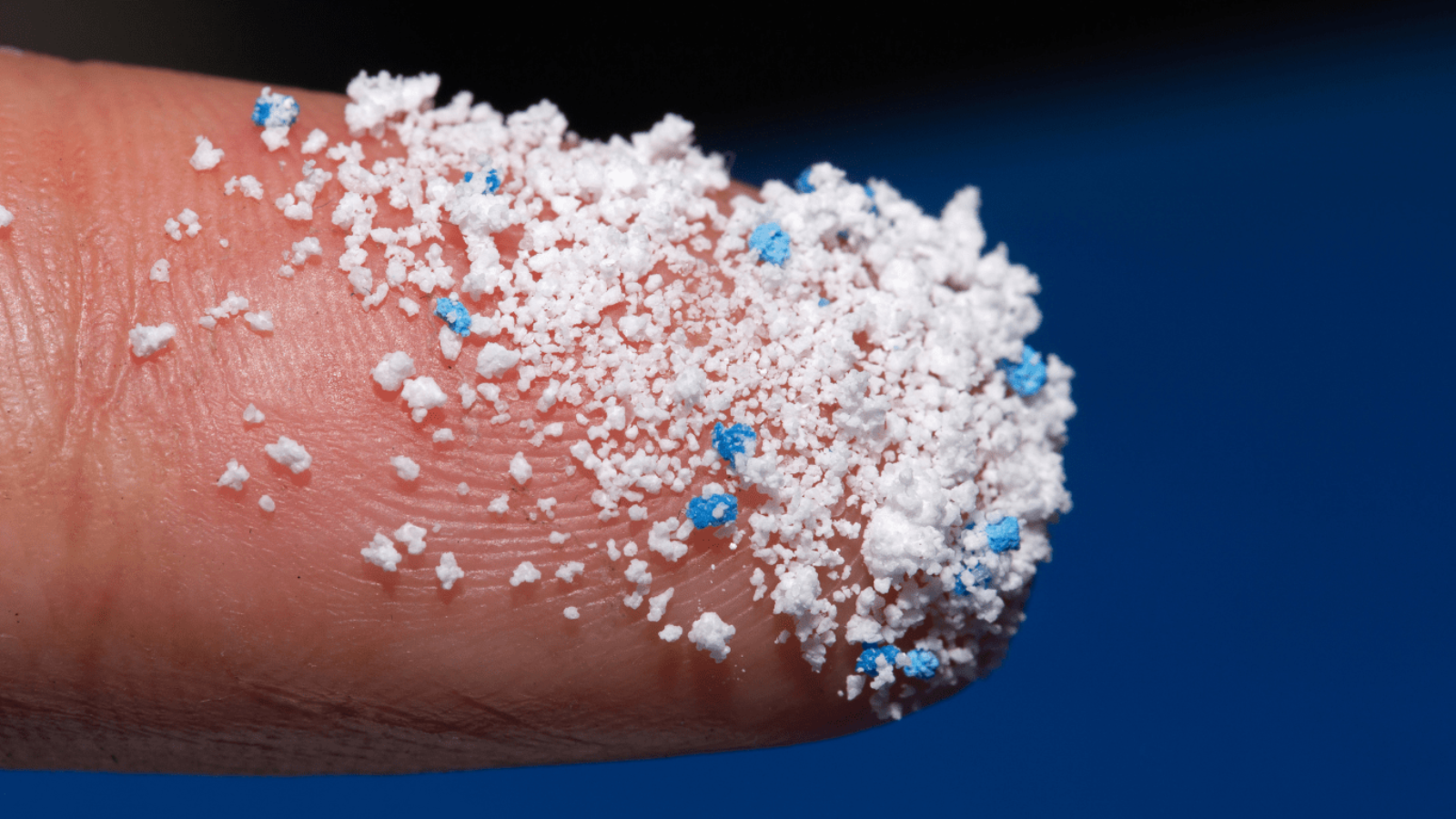Microplastics in human blood and lungs: an urgent case for scientific research.
Awareness and education
Plastic pollution
Science
8 April 2022

Scientific research on the impact of plastic pollution is a recent discipline, and scientists agree that our knowledge on the subject is still at an early stage.
As research becomes more organized, the scientific breakthroughs are numerous and each new study on the consequences of our addiction to plastic falls like a stone. We already knew that humans ingest and inhale microplastics, up to 121,000 microparticles per year for an adult, or as one controversial “comparison” puts it, the equivalent of a credit card (5 grams) per week.
Since a new process to detect plastic microparticles accumulated in the human body was accepted by the scientific community in 2020, studies confirm shocking conclusions: microplastics detected in the human blood of 80% of people tested, microplastics discovered in the lungs of 11 out of 13 sampled surgery patients… microplastics found in intestines, placentas of fetuses, in new-borns…
If the proof of the presence of microplastics in our bodies is now largely admitted thanks to these recent studies that have been highly publicized (and rightly so), these scientific breakthroughs are probably only the tip of the iceberg.

Interviewed by The SeaCleaners in October 2021, Britta Denise Hardesty, Principal Research Scientist at CSIRO Oceans and Atmosphere and member of The Seacleaners International Scientific Advisory Board explained:
“Despite everything we know about plastic pollution, there are still great unknowns. We know that plastic contains hormone mimics, endocrine disruptors. Work has shown that humans absorb plastic from the air we breathe, the food we eat and the water we drink. It’s really everywhere, all the time, and increasingly so.One of the big questions that arises, and it’s very difficult to study, because it’s impossible to study a population of humans who would not have been exposed to plastic, is, “What is the actual demonstrated impact of damage to humans from plastic pollution?“”What is the sublethal or even lethal impact of ingesting plastic or being exposed to it?” These are questions that research teams around the world are working to better understand.”
In 2019, the World Health Organization (WHO) called for more research on microplastics in the environment and their potential impact on human health. While recognizing that “more is urgently needed” and that available information is “limited,” the guardian of global health called at the time for “strong action” to reduce plastic pollution to protect the environment and reduce human exposure.
Identifying the consequences of plastic pollution on human health must become a priority for the scientific community from now on, in order to guide a legal framework on a global scale that would make it possible to stem the tide of plastic pollution, which has only just begun.
At a time when the future international treaty against plastic pollution is being written, which will be legally binding, it is urgent that the international scientific community benefits from real funding to investigate this issue and inform public decision making with scientifically founded data.
SOURCES
https://www.theguardian.com/environment/2020/aug/17/microplastic-particles-discovered-in-human-organs https://www.theguardian.com/environment/2022/mar/24/microplastics-found-in-human-blood-for-first-time https://www.theguardian.com/environment/2022/apr/06/microplastics-found-deep-in-lungs-of-living-people-for-first-time https://www.who.int/fr/news/item/22-08-2019-who-calls-for-more-research-into-microplastics-and-a-crackdown-on-plastic-pollution
https://www.nature.com/articles/d41586- 021-01143-3
Geyer, Roland et al. “Production, use, and fate of all plastics ever made.” Science advances vol. 3,7 e1700782. 19 Jul. 2017, doi:10.1126/sciadv.1700782